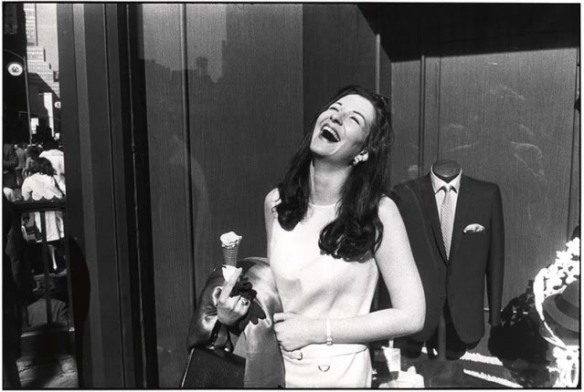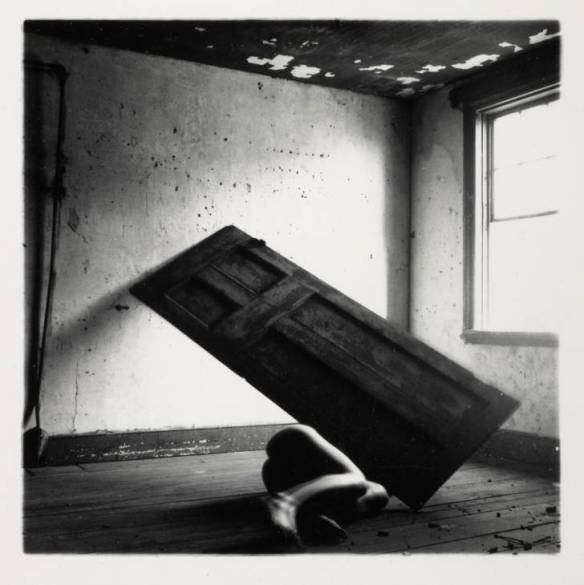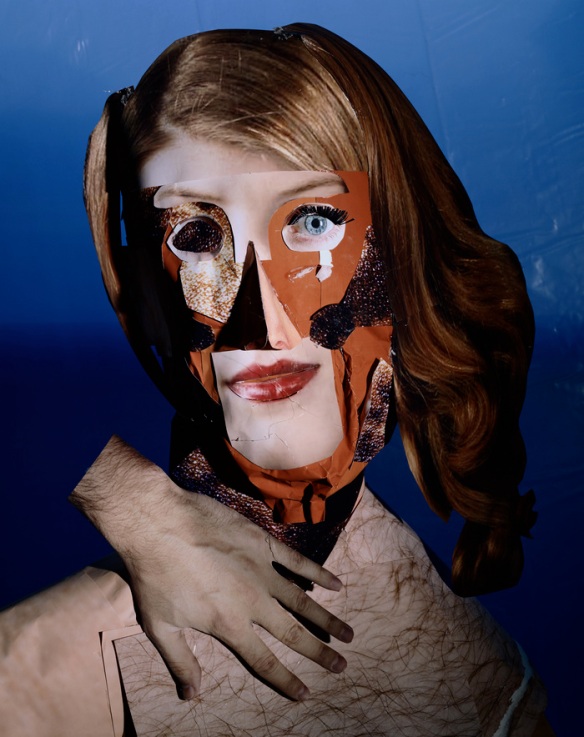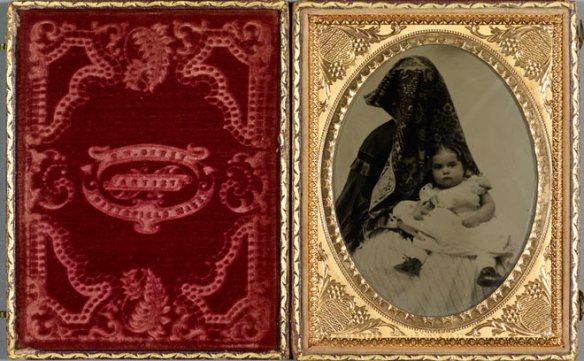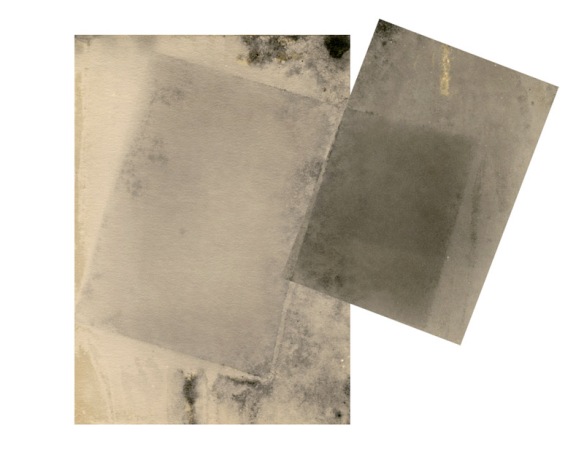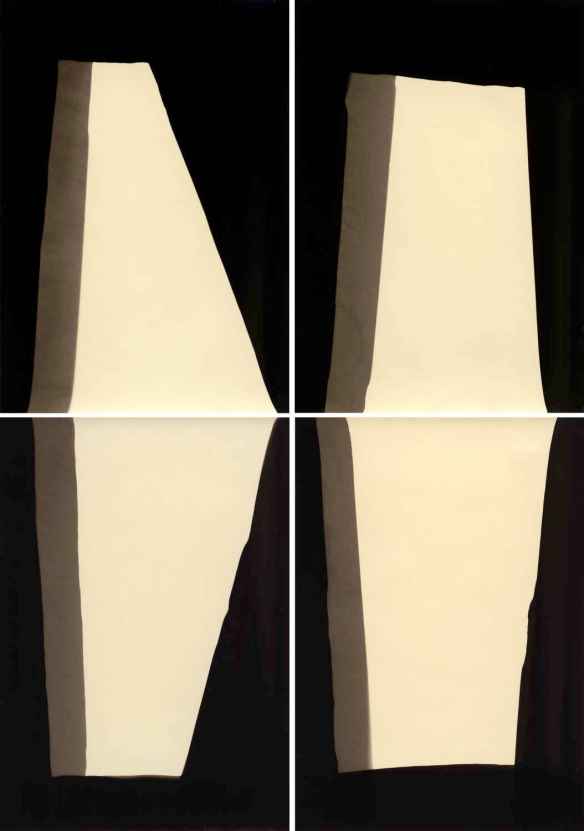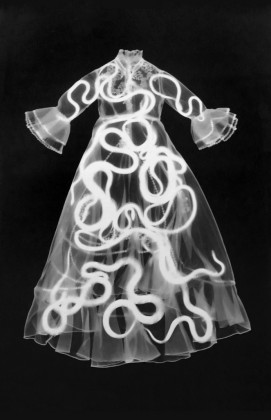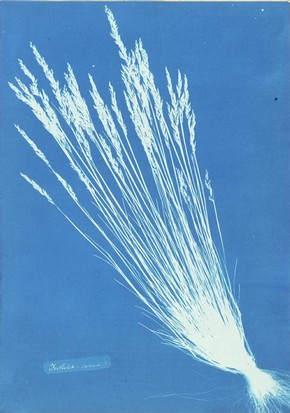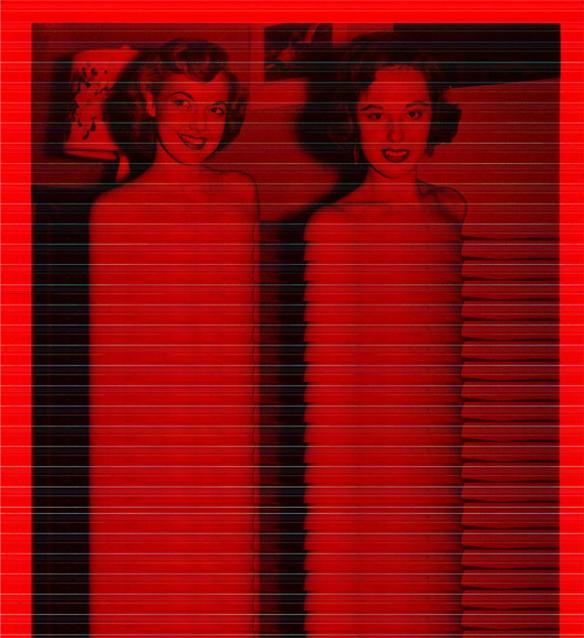First things first: Can you see colour?
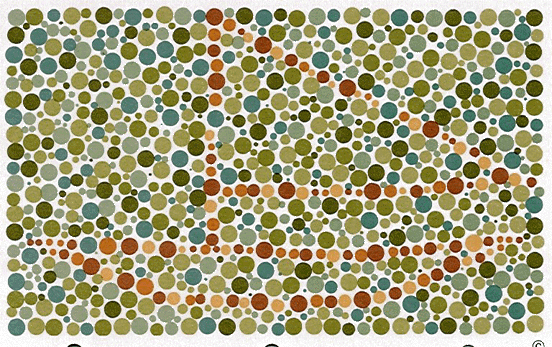
You should be able to see a brown boat in the above image. If you can’t, you might have colour blindness.
THE SCIENCE OF COLOUR AND LIGHT
Optical illusions show how we see.
Color and Physics
Colour and light, explained by Bill Nye (the science guy).
Light Fantastic 4: Light, The Universe, and Everything.
A BBC video that explores, “the research on the strange relationship between light, the eye and mind, and the development of new technologies such as photography and film”
This is an interesting TED talk about Colour Theory.
The History of Color Models
To augment our class discussion about colour, learn about the history of the colour wheel.
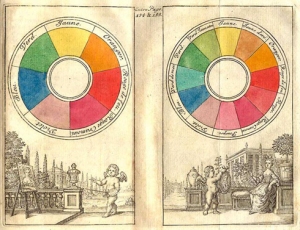
History of Color Models
Color Models
Color: Standford University Encyclopedia of Philosophy
Jason Salavon, pushes boundaries between photography/computer science/video etc. Here is his interpretation of the Colour Wheel.
Color and Subject Interpretation
After listening to the RadioLab podcast, you might be thinking What colour is the sky?
Colour and Language
This video explores the relationship between the development of language and the processing and understanding of colour.
PODCAST LINKS
1. CBC podcast, The Current | Mechanics of the Game Changers
Here is what high-jump looked like before Dick Fosbury. And here, is what the high-jump look like after Dick Fosbury. Further info about the Fosbury Flop technique.
2. This episode of RADIOLAB. Click the LISTEN link at the top and you’ll hear the entire podcast. (1:08ish)
After you listen to Radiolab podcast, watch this. Behold. The Mantis Shrimp!
RESOURCES
• Go here. It’s an amazing resource of artists.
• OR, HERE TO THIS GREAT web-based component to a larger MOMA exhibition about reinventing color
What about this?
This video explores the relationship between the development of language and the processing and understanding of colour.
Sophie Calle | Chromatic Diet | Explanation about the project

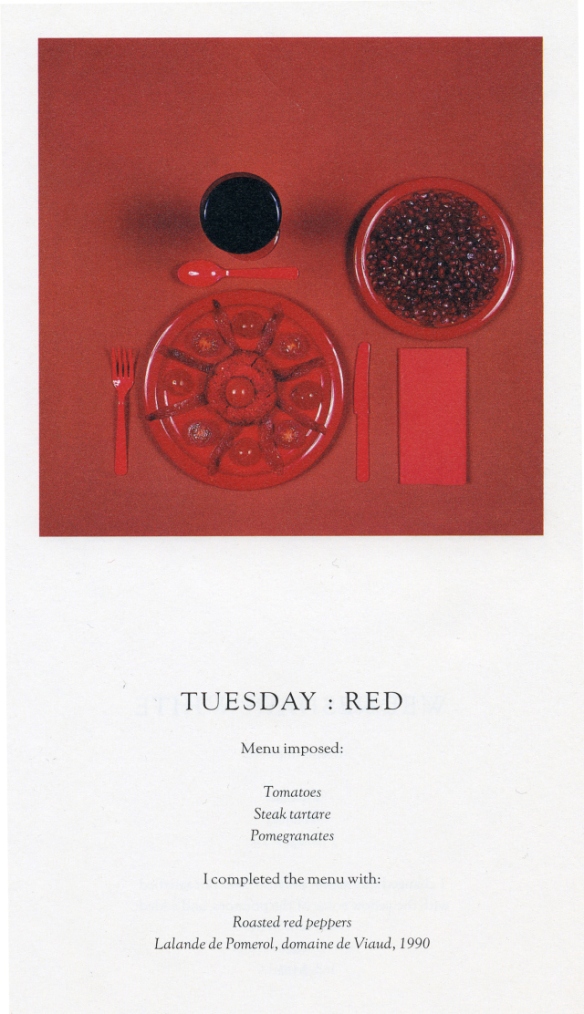




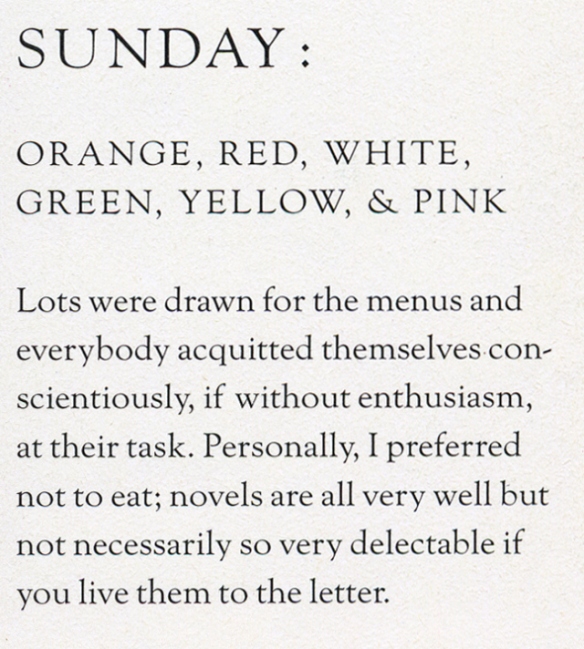

Georges Rousse | artist website | Bending Space documentary about Durham Project | trailer | Bending Space website

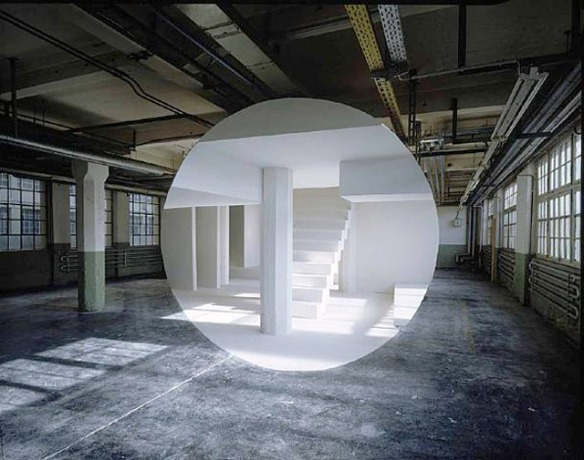

JESSICA EATON

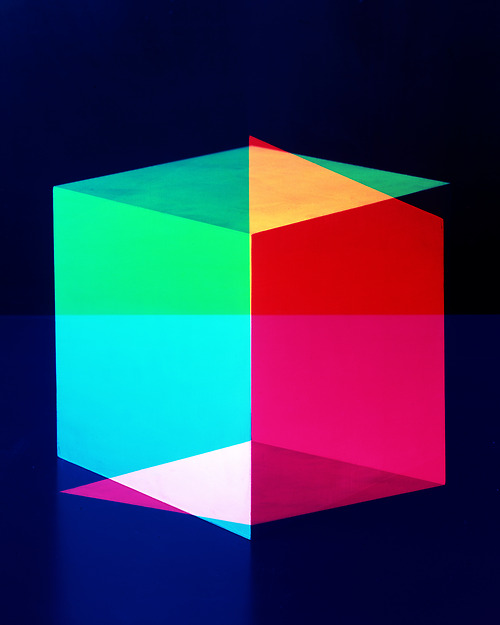
Jessica Eaton | Interview in The Believer | Her personal blog | Her professional site (click on galleries to access images) | Interview in Canadian Art | Good list of interviews
Lenscraft:Jessica Eaton Asks Us to Think About What We See
This following text is from various interviews with Eaton, published or referenced from her blog.
“She was aware of the science of light at work even in what she calls “normal” photographs, aware that subject and content buried those phenomena, preventing viewers from seeing what was there. In 2006, her work shifted and she began to bring those hidden elements to the forefront. She isolated light and color and time, even though to do so was to challenge the classical definition of photography as a way to capture a single moment.”
“Using a wide array of experimental, analogue-based photographic techniques such as colour separation filters, multiple exposures, dark slides and in-camera masking Jessica Eaton builds images on sheets of 4×5 film that address fundamental properties of photography such as light, chance, duration, illusion and spatial relations. Eaton has written: “I often set up parameters for phenomena to express itself. In the best of cases I push things so that the response comes in ways that I could not have thought up until I was shown it on film. Once you get to see or experience something you can use it. Then you can use it to see something else.”
A quote from a TIME magazine article:
“Canadian photographer Jessica Eaton uses her camera to create color invisible to the naked eye. She gives bright hues to gray forms in her series Cubes for Albers and LeWitt, and that work was recently awarded the photography prize at the 2012 Hyères International Festival of Fashion and Photography—a prize for which TIME’s director of photography Kira Pollack sat on the jury.

Jessica Eaton
“We’ve all mixed two colors of paint together, and either it makes another color or, if you keep going, it gets muddy and progressively gets darker,” she explains. “In light, things work really differently.” Eaton explains that she exploits the properties of light through additive color separation: whereas the primary pigment colors (red, blue, yellow) get darker as they blend, the primary colors of light (red, blue, green) move toward white. Eaton applies filters in those three colors to her camera and takes multiple exposures, a process that turns the gray form seen here into the vibrant ones seen above. “The color itself is mixed inside the camera,” she says.
One of the byproducts of Eaton’s process is an element of surprise: because her images are created within the camera, she doesn’t know what she’ll get until the photos are developed. “It’s a bit of a conversation with the world,” she says. “With the forces of time and space and contingency and errors that happen, because often there’s so many steps going into one of these, I get back something that’s also new to me, and those are the pictures that tend to end up in exhibits.”
But the photographer likes challenging definitions, and not just photographic ones. Although she dislikes the term “abstract” as a description of her work—it implies that the light she captures doesn’t exist in reality—Eaton says that her photographs acknowledge “how incredibly limited our ability to perceive the world is.” We lack the sensory mechanisms to see her colors with our naked eyes, and Eaton sees that as a metaphor for our inability to see the extent of the physical universe, whether it includes multiple dimensions or parallel universes. And, in that metaphor, she sees hope. “I love the idea that no matter how bad it gets,” she says, “there’s this wild so-called reality way beyond what we have decided it is.”
Liz Wolfe | Happiness is Contagious
Guy Bourdin | Fashion photography
Yves Klein | TATE Modern | MOMA
ARTISTS
These are some of the artists we discussed in class today. If you want to review the images and you should, you should look and look and look until you just can’t look anymore.
Amazing resource of artists from Tate Liverpool.
Web-based component to a larger MOMA exhibition about reinventing color
These aren’t listed in order
Cynthia Greg
Ed Burtynsky
Jan Groover
Elina Brotherus
Gage and Betterton
Manjari Sharma
Eileen Cowin
Linda Troeller
Olafur Eliasson
Alex Kisilevich
Joel Sternfeld
Amy Stein
Julia Fullerton-Batten
Richard Billingham
Martin Parr
William Eggleston
Stephen Shore
Andres Serrano
Joel Meyerwitz
Andreas Gursky
Sandy Skoglund
Anthony Hernandez




